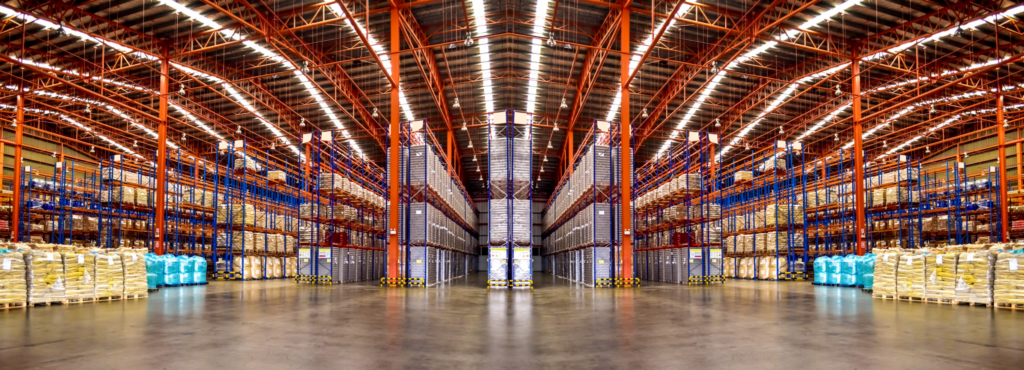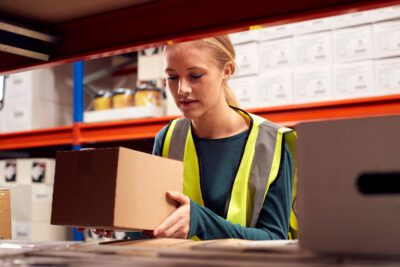Webinar Registration: The P2G Advantage
Webinar Registration: The P2G Advantage LEARN MORE
P2G or Fixed Automation: Which is Best for Your Warehouse?
Mary Hart, Senior Content Marketing Manager

In the warehouse and fulfillment world, there are two main technology options for order picking automation: the conventional fixed automation—which can include goods-to-person (G2P)—or person-to-goods (P2G). Fixed automation refers to conveyors, shuttle systems, and the like that bring the material/goods to the person doing the picking or packing, while P2G typically refers to autonomous mobile robots (AMRs) that take the goods from the person doing the picking or putaway.
When you’re looking to automate your workflows due to ongoing labor shortages and a need to improve productivity, there are pros and cons to each solution.
The Pros and Cons of Fixed Automation
Fixed automation in the form of conveyors are easy to operate and a good way to get products off a dock and onto the warehouse floor. However, in order to put the material away, human workers or piece-picking technology (or both) is needed. Also, conveyors are set pieces in the warehouse and can’t be moved around as your workflow needs change.
Shuttle systems are also a conventional, and expensive, form of fixed automation. They take up quite a bit of vertical space in a warehouse, which makes them not as appealing to warehouses that have mezzanines for multi-level workflows.
For both of these fixed automation solutions, the implementation process is long and work typically can’t be done until the solutions are up and running. The implementation process includes lengthy design phases and can take anywhere from 12-24 months after the contract is signed. During a fixed automation implementation, warehouses need to be completely shut down, which causes a significant disruption to existing warehouse operations.
The Pros and Cons of P2G Automation
Persons-to-goods automation in the form of autonomous mobile robots can be brought into any warehouse (greenfield or brownfield alike) and implemented in as little as four weeks without needing to move anything around.
The sole downside is that there is a fear in the industry that robots will take away jobs. Instead, AMRs are meant to do the work of the jobs that you can’t fill, and the bots work alongside humans who do the picking or putaway. Once your associates start working with AMRs, they will see it for the benefit that it is, and that it makes their work life better and easier.
AMRs are also safer than fixed automation and don’t have to be fenced off or segregated to protect human workers. Before AMRs, human associates walked—on average—up to 12 miles a day while pushing or pulling a heavy cart. Since AMRs do the walking for the humans and safely transport material from their human coworkers to the next destination in the warehouse, worker walking distance decreases nearly 50%.
Another benefit of AMRs for P2G automation is that the number of robots can be easily scaled up and down using a Robots-as-a-Service (RaaS) model as dictated by the warehouse’s order volumes. For example, during busy peak season, you can bring in more robots to work alongside your human associates to meet and improve your productivity numbers.
Before opting for a P2G or fixed automation solution, you should consider your unique requirements and select the right option to suit their particular needs. When you do so, you’ll find that the answer for today’s flexible and scalable warehouses—both large and small—is clear: P2G automation is safer for your associates; easier to implement in your greenfield or brownfield warehouse; and increases productivity.
Want to find out how P2G automation in the form of AMRs would benefit your warehouse?
Talk to us and we’ll tell you more!




